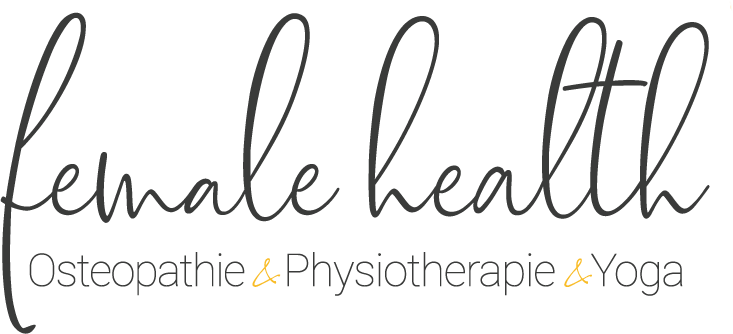Osteopathy
What is osteopathic medicine and what is the difference between physiotherapy and osteopathy?
Osteopathy is the manual application of anatomy and physiology. The basic profession of an osteopath is physician or physiotherapist. In contrast to a physiotherapist, an osteopath examines, palpates and treats not only musculo-skeletal (i.e. muscles and joints), but also visceral: this means that we test the organs in their shape, size and, above all, their mobility in relation to the surrounding tissues. We also work cranio-sacral. This means we examine the hormonal axis in the body (glands that produce hormones and provide many messenger substances in the blood) and influence the nervous system. We focus on health, not disease, and see the physiology of the human being coherently and "as a whole". Nothing is independent of each other. Everything is one. Each tissue is interdependent with all others in the body in terms of health. This means the cause is often not where the pain or problem occurs.
In addition, osteopathic medicine distinguishes between function and structure. As long as the various types of tissue, such as bones, muscles, fascia, joints, vessels, nerves or the brain are not permanently damaged, healing is possible. As long as the structure is preserved, healthy function can be restored. This makes it possible to avoid a wide variety of surgical procedures and interventions.
In the past osteopathic medicine was a therapy for poor people. For those who could not afford medication. TODAY it is different. Osteopathy is for people who want to search for the real causes of their problems and pain and not just cover symptoms, through medication. Orthodox and complementary medicine go hand in hand and are in no way mutually exclusive. Especially in diagnostics. The GOAL is always the well-being and health of our patients.
Physiotherapy
How do yoga and physiotherapy fit together?
No one explains to us how to move our body properly. What does straightening the spine, correct posture and space for the intervertebral discs even mean? There is an instruction manual for every piece of equipment. For the human body, too: spiraldynamics.
As a physical therapist, I teach yoga with specific postural alignments and movement cues. Body and mind are trained to learn healthy movement. Until it can ultimately be integrated into everyday life.
Can I practice yoga with scoliosis?
Yes!
I combine classical scoliosis therapy according to Katharina Schroth with spiraldynamics and yoga in physical therapy. You will learn a yoga practice that is tailored to your individual needs and time resources. abgestimmt ist.
Physiological maximum straightening and certain breathing techniques bring more length to the bony center of your body. Osteopathic techniques allow new freedom of movement.
Why does meditation meet the origin of yoga?
Creating awareness of how you treat yourself is a basic requirement for health. A regular meditation and movement practice enables you to change, physically and mentally.
Yoga
Setting
Individual, pair and small group lessons
Online & in my studio and at events.
